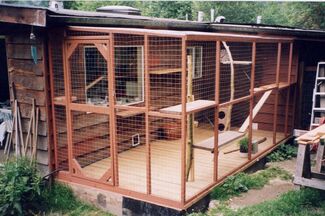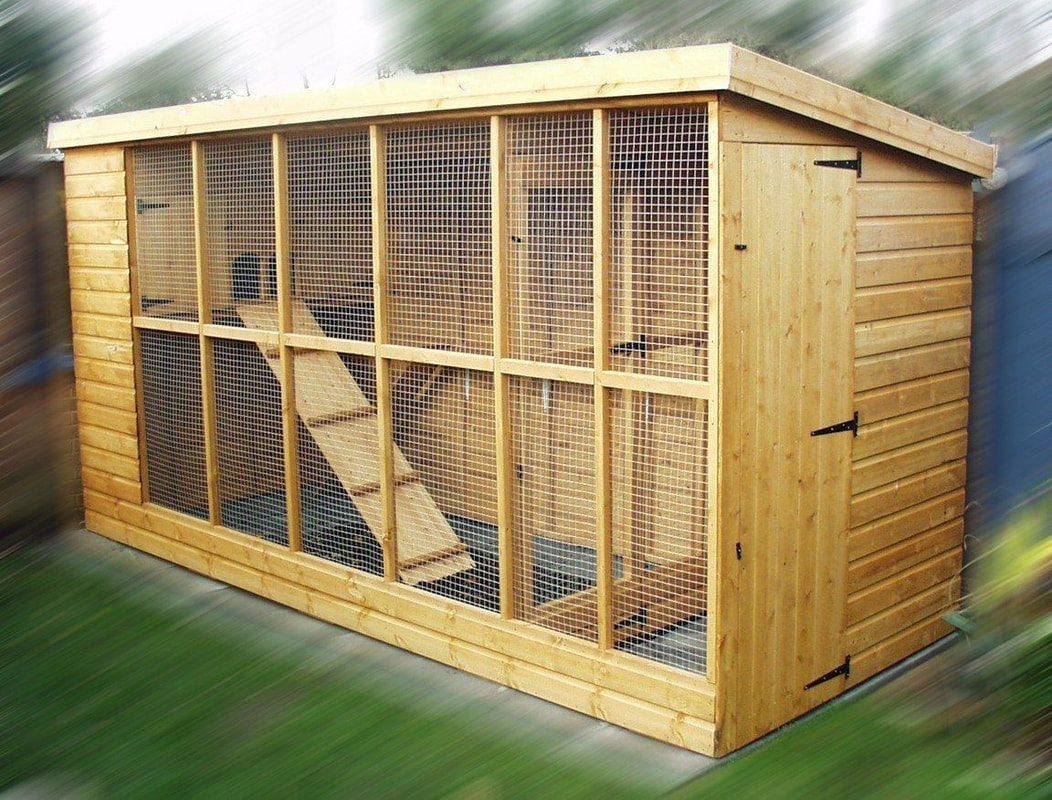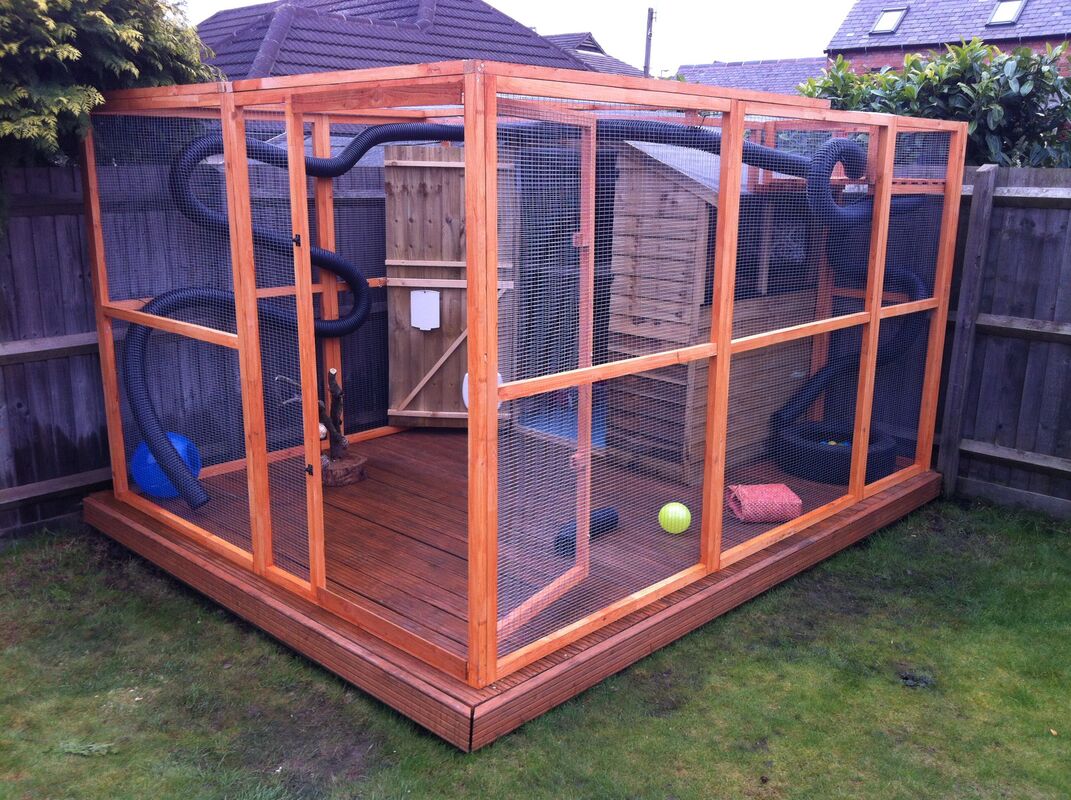General Information:
Typically, the short-tailed opossum and the Virginia opossum are most commonly kept opossums. Interestingly the Virgina opossum (sometime referred to as simply "possum") is the only member of the family Didelphidae found in Mexico, though they're also found in Northern and Central America, and southern Canada. They occupy an array of habitats but are typically seen near water sources.
They're a fairly robust marsupial that can weigh around 7kg (males are typically larger than females) and have a lifespan of approximately 4 years in captivity.
Virginia opossums eat most things and are a truly omnivorous animal - they're even found to eat snakes and seem to possess some level of immunity and abilities to neutralise viper venom. They're notorious scavengers and can be considered as pests to some people.
As a nocturnal and solitary (though there is some success of keeping Virginia opossums in family groups in captivity) marsupial, they make complicated pets and are not well suited to most people. It's important that any individual who considers keeping opossums does a great deal of research into their care.
Care:
Housing/Enrichment:
As already mentioned, the Virginia opossum occupies an array of habitats and most opossums are primarily arboreal but these marsupials are mostly terrestrial, though would appreciate some arboreal enrichment. They also need space to dig and create a den.
We'd consider housing an opossum in a 10ft by 10ft enclosure as the bare minimum. You'll need to supply things like hollow logs, rocks, trees, and ideally a water area as well. They can be litter trained, so it may be appropriate to provide a litter box as well.
If housing outdoors, it is essential to ensure the enclosure is very secure. As opossums are able to dig, they can dig under fences and easily escape. We'd also ensure the mesh used in the enclosure is hardy. Average human temperatures are usually ideal.
If housing indoors, please ensure your opossum is supervised when free-roaming. We'd advise creating a room/part of the house that is opossum-safe. Though they're not typically destructive, they could get into harms way if they decide to chew wires or escape somewhere they shouldn't.
Typically, the short-tailed opossum and the Virginia opossum are most commonly kept opossums. Interestingly the Virgina opossum (sometime referred to as simply "possum") is the only member of the family Didelphidae found in Mexico, though they're also found in Northern and Central America, and southern Canada. They occupy an array of habitats but are typically seen near water sources.
They're a fairly robust marsupial that can weigh around 7kg (males are typically larger than females) and have a lifespan of approximately 4 years in captivity.
Virginia opossums eat most things and are a truly omnivorous animal - they're even found to eat snakes and seem to possess some level of immunity and abilities to neutralise viper venom. They're notorious scavengers and can be considered as pests to some people.
As a nocturnal and solitary (though there is some success of keeping Virginia opossums in family groups in captivity) marsupial, they make complicated pets and are not well suited to most people. It's important that any individual who considers keeping opossums does a great deal of research into their care.
Care:
Housing/Enrichment:
As already mentioned, the Virginia opossum occupies an array of habitats and most opossums are primarily arboreal but these marsupials are mostly terrestrial, though would appreciate some arboreal enrichment. They also need space to dig and create a den.
We'd consider housing an opossum in a 10ft by 10ft enclosure as the bare minimum. You'll need to supply things like hollow logs, rocks, trees, and ideally a water area as well. They can be litter trained, so it may be appropriate to provide a litter box as well.
If housing outdoors, it is essential to ensure the enclosure is very secure. As opossums are able to dig, they can dig under fences and easily escape. We'd also ensure the mesh used in the enclosure is hardy. Average human temperatures are usually ideal.
If housing indoors, please ensure your opossum is supervised when free-roaming. We'd advise creating a room/part of the house that is opossum-safe. Though they're not typically destructive, they could get into harms way if they decide to chew wires or escape somewhere they shouldn't.
Diet:
As omnivores, the Virginia opossum requires a diet of both plant and animal materials. Given that marsupials typically have a slower metabolism than that of placental mammals, it is easier to overfeed a Virginia opossum than you might think:
Diet Plan 1:
Diet Plan 2:
If fed an improper diet you can increase the risk of issues such as metabolic bone disease and obesity.
Socialising:
It is usually best to keep Virginia opossums on their own unless they've been raised well together. They can make good pets and become attached to their human companions; even learning to responding to their name if called.
Virginia opossums can adapt well to fit into their human's lifestyle, but the level of commitment to such animals cannot be underestimated. It is important to be aware of negative behaviour such as:
Please feel free to ask more questions.
As omnivores, the Virginia opossum requires a diet of both plant and animal materials. Given that marsupials typically have a slower metabolism than that of placental mammals, it is easier to overfeed a Virginia opossum than you might think:
Diet Plan 1:
- Evening: 112.5 g chopped mixed vegetables (not corn, peas)
- 15 g mixed chopped fruits (not citrus)
- 15 ml non-fat yoghurt
- 56 g insectivore or omnivore zoo pelleted diet (pet hedgehog diet has been used).
- 3–4 times a week: 0.25 hard cooked egg OR 15 g canned salmon OR 56 g cooked tofu 50 mg pharmaceutical grade calcium carbonate or calcium gluconate powder can be mixed into the vegetables/fruit at least 3 times a week
- Children’s multiple vitamin can be given 1–2 times a week as a treat. Other treats: 1 king mealworm OR 1–2 calcium loaded crickets OR 3–4 mealworms – 2–4 times a week
- Morning: 56 g dry cat food.
Diet Plan 2:
- Evening: 56 g dry dog food, insectivore, omnivore or hedgehog kibble
- 56 g meat-based canned dog or cat food mixed into kibble
- 56 g mixed fruit
- 56 g mixed vegetables
- Calcium carbonate should be sprinkled on fruits/vegetables and mixed in.
- Morning: 56 g dry cat, insectivore, omnivore or hedgehog kibble.
- Treats: 5 ml non-fat fruit yoghurt OR 1 children’s multiple vitamin OR 1 king mealworm OR 1–2 calcium loaded crickets OR
If fed an improper diet you can increase the risk of issues such as metabolic bone disease and obesity.
Socialising:
It is usually best to keep Virginia opossums on their own unless they've been raised well together. They can make good pets and become attached to their human companions; even learning to responding to their name if called.
Virginia opossums can adapt well to fit into their human's lifestyle, but the level of commitment to such animals cannot be underestimated. It is important to be aware of negative behaviour such as:
- Fleeing to safety if frightened
- Showing teeth
- Drooling
- Growling and hissing as well as other audible noises such as screaming and clicking
- Striking and biting (note Virginia opossums have 50 teeth and can cause considerable trauma)
- Restlessness in females during breeding seasons
- Catatonia/"playing possum"
- Standing ground
- Releasing foul smelling glandular material coming from the paracloacal glands
Please feel free to ask more questions.



